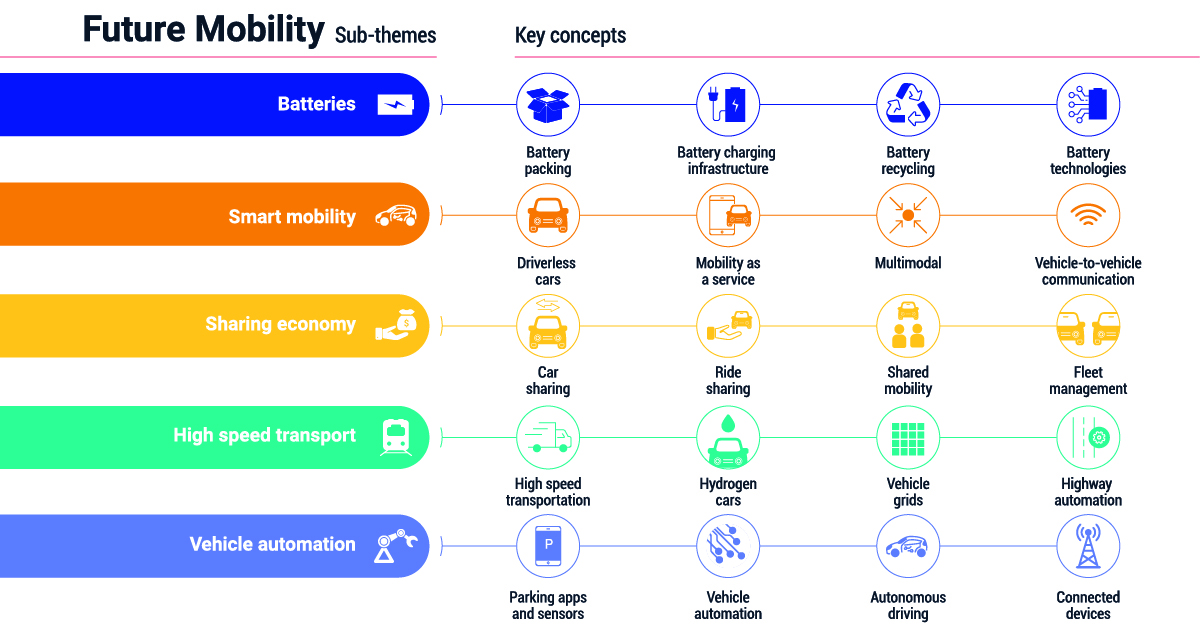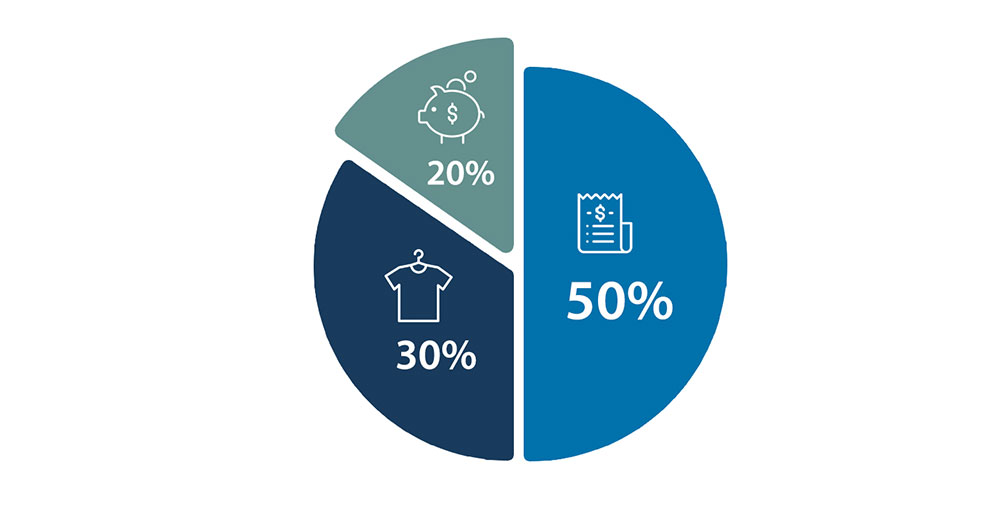As a productivity consultant with years of experience in optimizing work habits, I’ve observed that traditional continuous work models often lead to burnout and decreased efficiency. An alternative approach gaining traction is the 52/17 Rule, which involves working for 52 minutes followed by a 17-minute break. This method aligns with research indicating that the human brain can maintain optimal focus for about 50 minutes before requiring rest to sustain performance.
Implementing the 52/17 Rule involves dedicated, uninterrupted work sessions where distractions are minimized, allowing for deep focus on tasks. After 52 minutes, a 17-minute break is taken, during which activities like stretching, walking, or meditating are encouraged to rejuvenate the mind. From my professional experience, clients who adopt this rhythm report increased productivity and reduced mental fatigue, as it respects the brain’s natural attention span and need for periodic rest.
Experts in time management and occupational health advocate for such structured work-rest cycles to enhance overall efficiency and well-being. By incorporating the 52/17 Rule into daily routines, individuals can achieve a sustainable balance between focused work and necessary recovery, leading to improved performance and job satisfaction.





